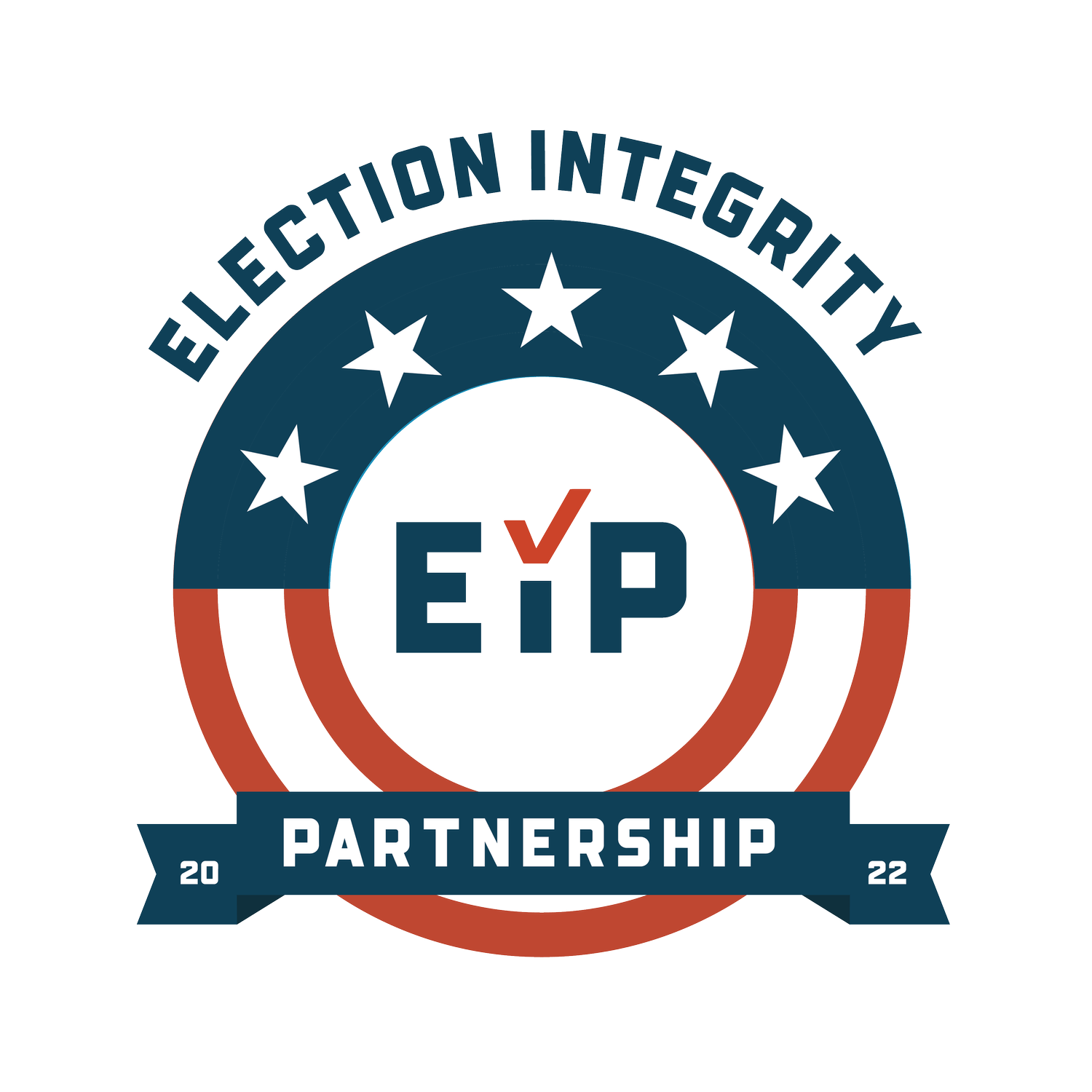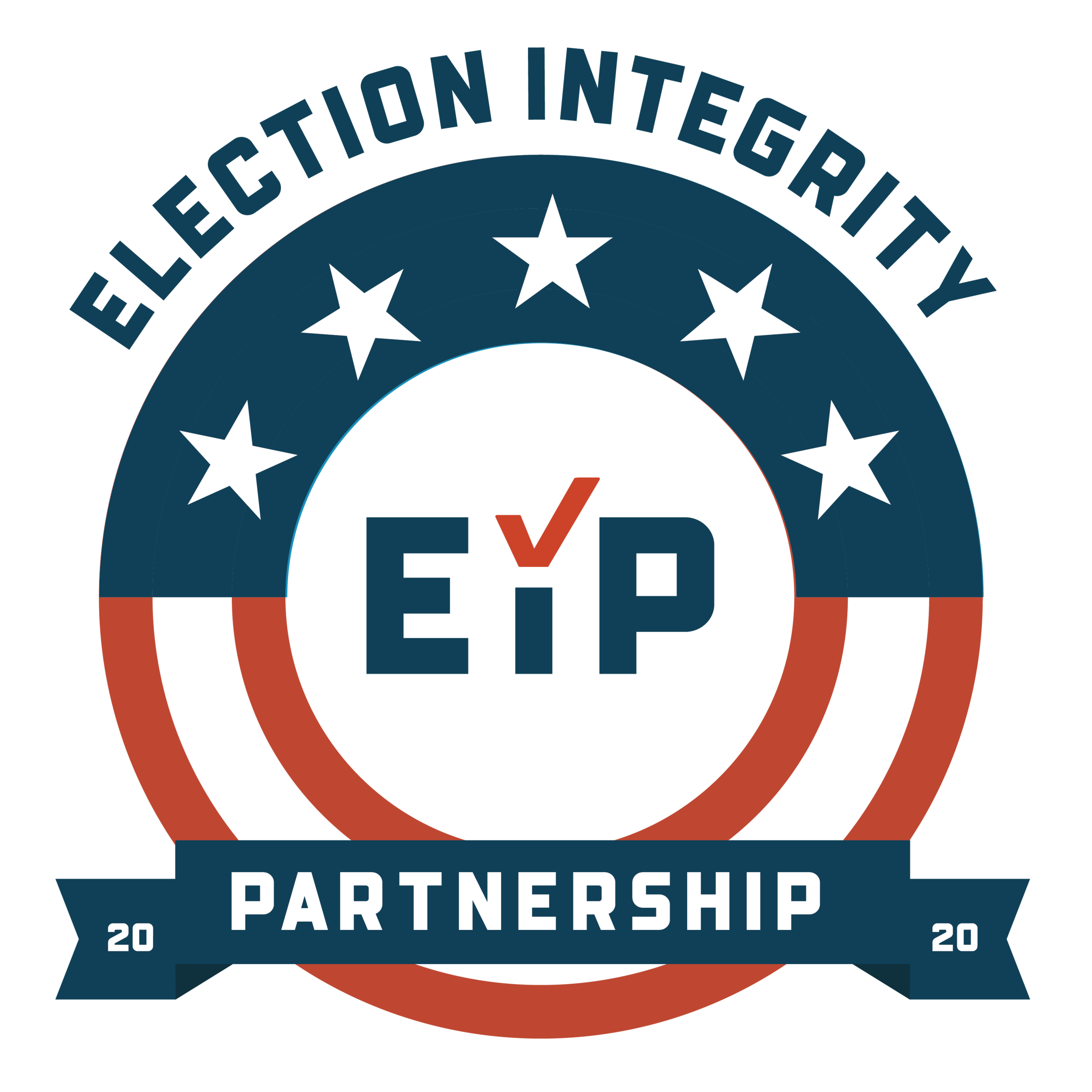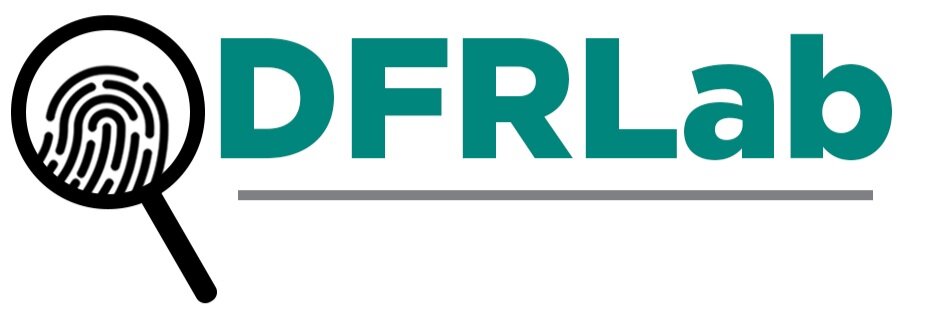The 2020 Election Integrity Partnership
The Election Integrity Partnership (EIP) was formed in July 2020 as a coalition of research entities focused on supporting real-time information exchange between the research community, election officials, government agencies, civil society organizations, and social media platforms.
Our objective was to detect and mitigate the impact of attempts to prevent or deter people from voting or to delegitimize election results. In March 2021 we published our final report. This page displays an archive of the work carried out by the EIP and its partners during the 2020 U.S. election.
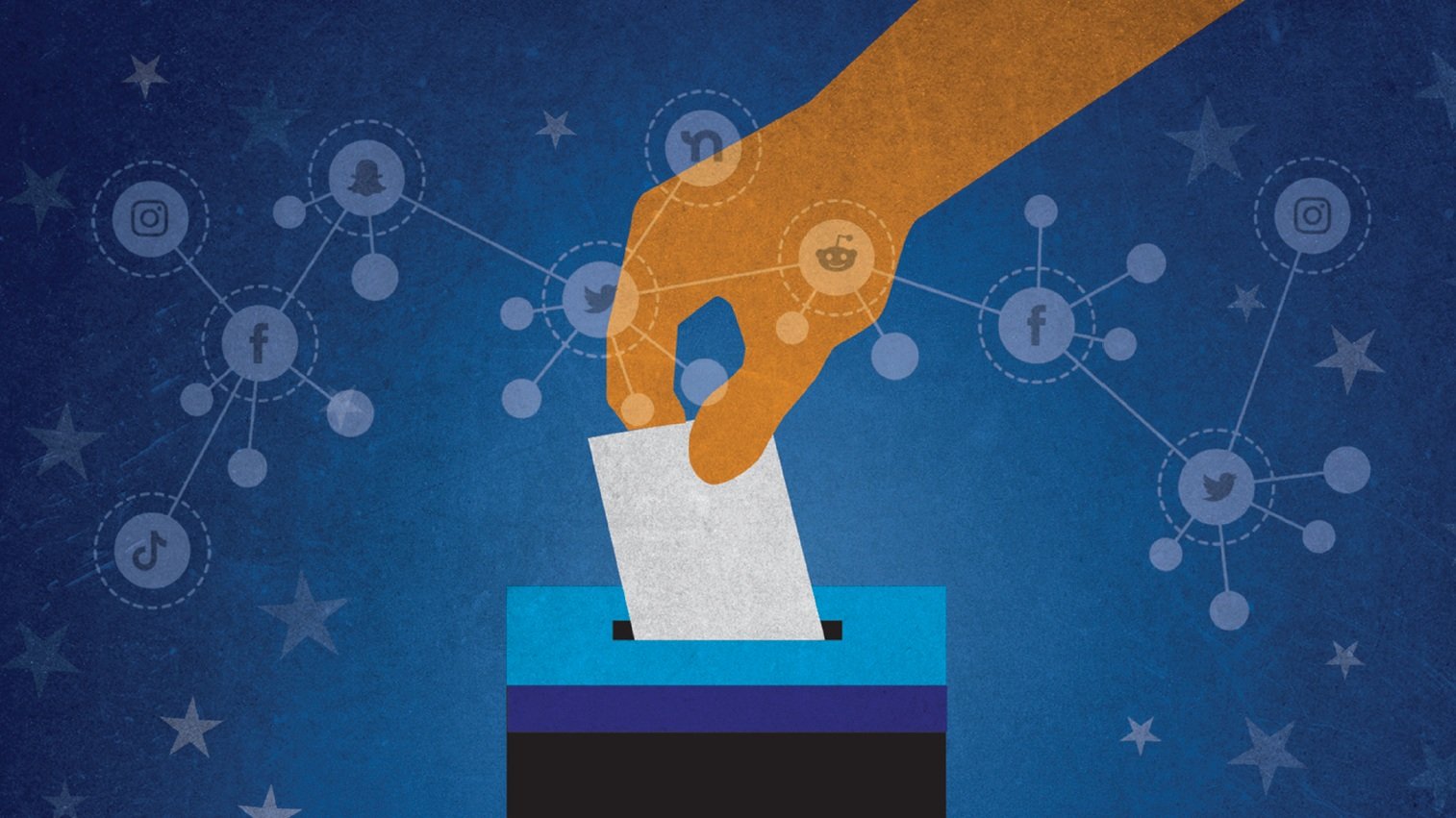
The Final Report.
The Long Fuse: Misinformation and the 2020 Election.
Blog archive.
Blog posts and publications during the 2020 election cycle.
filter by…

Vote Data Patterns used to Delegitimize the Election Results
Attempts delegitimize the election have widened to involve the use of misleading numbers and data. One of the more sophisticated examples of this strategy spreading online involves citation of “Benford’s Law”.


Repeat Offenders: Voting Misinformation on Twitter in the 2020 United States Election
We look back at the set of misleading stories the EIP reviewed to identify which Twitter accounts consistently share false or misleading content about the upcoming election, and from where these accounts source this misleading information, and identified 43 cases. Across our dataset relating to these 43 incidents, more than 50% of all retweets can be traced back to “original” tweets from only 35 users (out of over 600K users in our dataset). We document how these users engaged in reframing, and decontextualization to spread misinformation.

Evaluating Platform Election-Related Speech Policies
With under three weeks to go until November 4, EIP has updated its social media platform policy analysis post to account for substantial changes made by the platforms in the past 2 months. Since first publishing this post in August 2020, we have seen constructive policy updates from Facebook (Instagram), Twitter, Pinterest, TikTok and Nextdoor. We evaluate these new policies against our 4 categories of election integrity. We’ve also updated the post to test these policies against scenarios of potential confrontations at polling stations, which represent difficult scenarios platforms may face in real time.

Uncertainty and Misinformation: What to Expect on Election Night and Days After
Democracy depends on trust in elections; that trust is under attack. We explore different examples of false narratives that we are likely to see during these different periods — a chaotic Election Day, an uncertain election night, and during a predicted “Blue Wave” (or alternatively a “Red Wave”) shift in ballot counts. We also provide some suggestions for how we (as members of the public and public communicators) might want to approach the emergence of certain misleading narratives, in terms of pre-bunking, debunking, or coveraging them as they spread.

Narratives Targeting Electronic Voting Machines
As Americans begin to vote in person, we are seeing attacks emerge targeting the integrity of electronic voting machines. This narrative is not new in the 2020 cycle, in 2016 and 2018 it was weaponized by both foreign and domestic bad actors. In this post, we dive into three of these key narratives.

False voting claims spread via websites and Facebook ads
Two websites, Plain Truth Now (plaintruthnow.org) and Civil Rights International (civilrightsinternational.org), appear to be connected to each other. Both websites post a mix of content about Nigerian and US politics, and have cross-posted the same content, including a post with false claims about fraudulent voting.

Laying the Groundwork: Meta-Narratives and Delegitimization Over Time
Prominent conservative influencers have begun to spread a ‘color revolution’ narrative, which claims that protests (“riots”) and alleged ballot irregularities are evidence that the US is experiencing a deep-state backed color revolution. This is an example of preemptive de-legitimization of election results — it is a meta-narrative that provides a scaffolding on which any ballot or protest can be inflected as another example of a vast conspiracy to overthrow the President or steal the election.

Project Veritas #BallotHarvesting Amplification
On Sunday night, a right-wing activist group, Project Veritas, released a video alleging illegal ballot harvesting in Minnesota. The video made several falsifiable claims that have either been debunked by subsequent reporting or are without any factual support. As the video calls into question the integrity of the election using misleading or inaccurate information, we determined this video to be a form of election disinformation. While we have reported our findings to the relevant online platforms, this video stands as an interesting example of what a domestic, coordinated elite disinformation campaign looks like in the United States. This post will explore the timeline of how the ideas in this video were initially seeded and then aggressively spread.
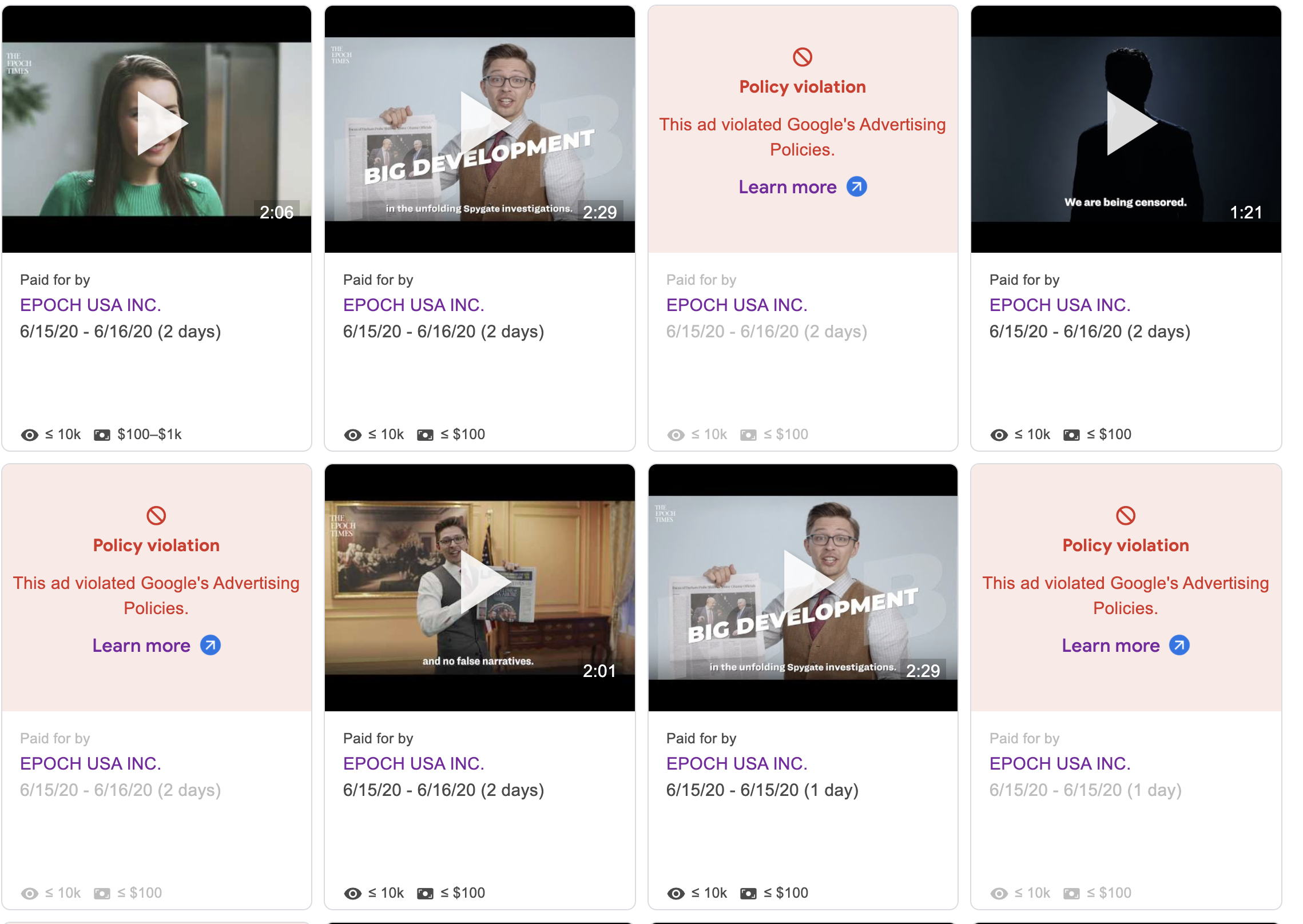
Evaluating Transparency in Platform Political Advertising Policies
This blog post builds on the foundational work of other scholars to focus specifically on three key components of digital political advertising: the review process for political ads, platforms’ transparency for information about those ads, and unique loopholes for different types of speakers running political ads. Regarding the last component, recent investigations by EIP have found loopholes in Google’s advertising policy that are cause for concern. We end with a series of recommendations to help address some gaps we highlight in our analysis.

Our First 2 Weeks at the Election Integrity Partnership
The Election Integrity Partnership brought together four organizations, all with extensive experience in the study of online disinformation, to provide real-time detection, analysis and mitigation of election-related misinformation and disinformation. After a summer of preparation, hiring and training, the EIP began its full operational schedule on Tuesday, Sept. 8. Every few weeks, we will be posting a summary of our work to highlight major publications as well as notable narrative trends.
